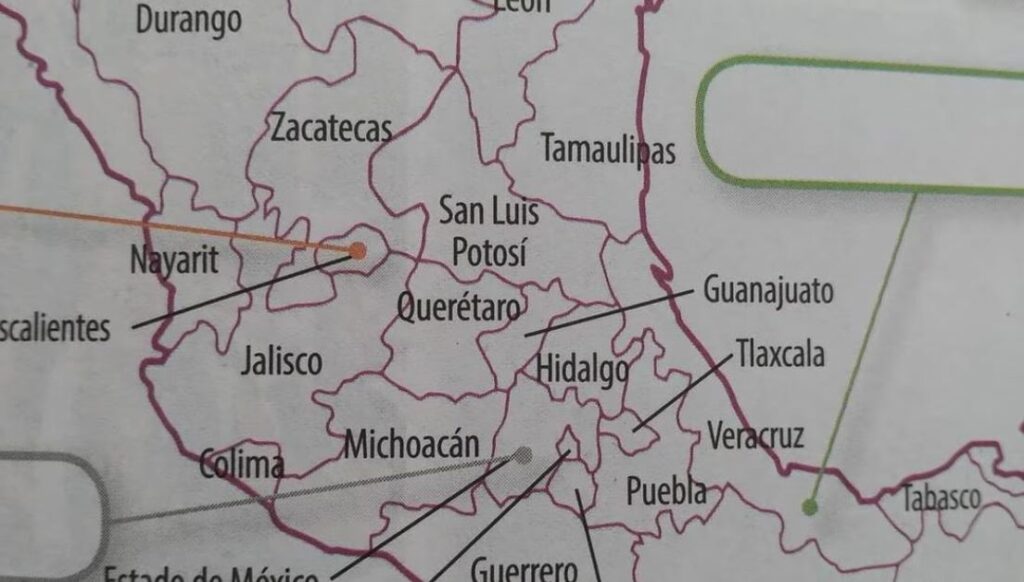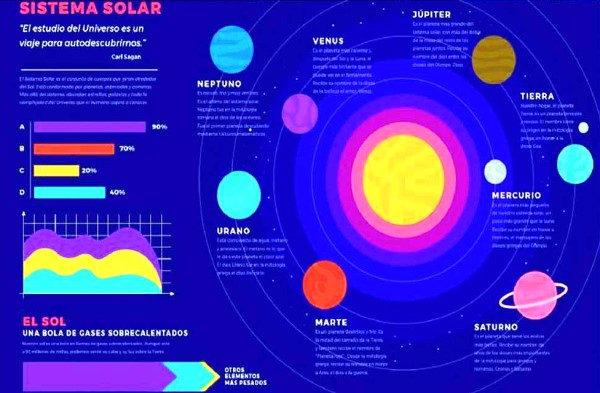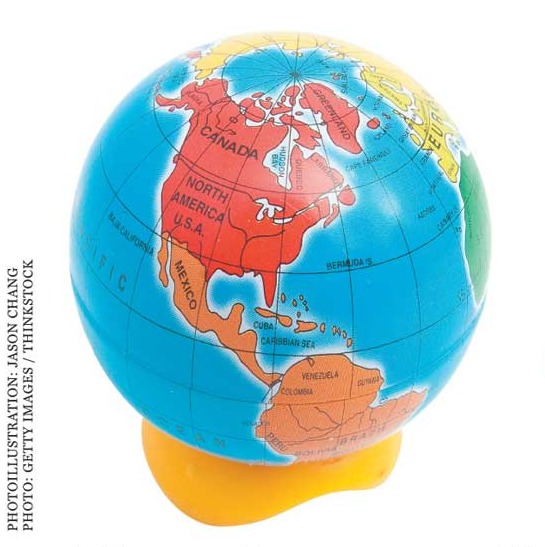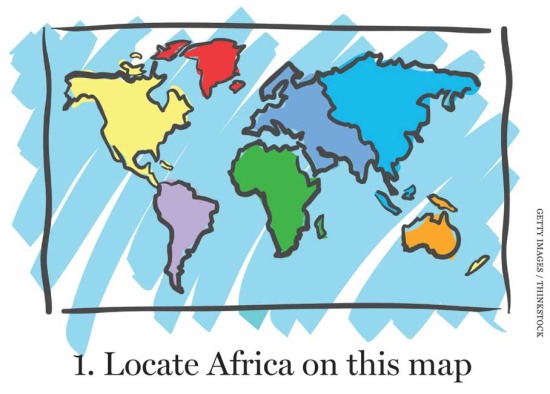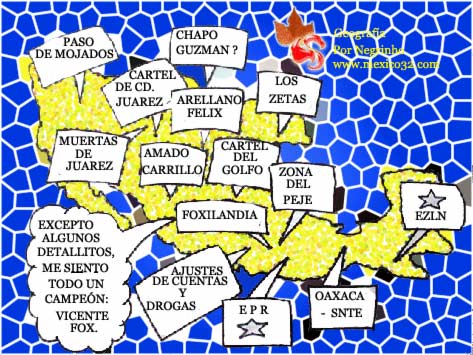How can the producer of a major TV documentary get it SO wrong? A multi-part documentary, Racing Green, is currently running on BBC World. It describes the extraordinary achievement of students in the Racing Green Endurance (RGE) team and Radical Sportscars in manufacturing a battery-powered SRZero electric sportscar and then driving it the full 26,000 km length of the Pan-American Highway, from Alaska to Argentina. The momentous trip required 70 days of driving and the vehicle became the first battery-powered vehicle ever to complete this challenging route. This is a truly laudable achievement (kudos to the students and organizers) and marks another vital step in the development of electric vehicles, and their acceptance by the general public as a viable alternative to driving contaminating gas-guzzlers.
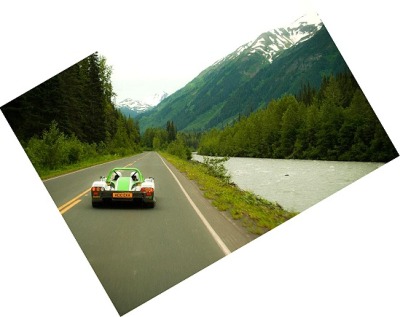
Photo: racinggreenendurance.com
The documentary series and the Racing Green Endurance website share “the aim of communicating our core values to the widest possible audience.” The documentary is well worth watching for the adventure-packed story and the incredible engineering accomplishment. However, the geography in the documentary’s commentary is not quite so inspirational.
Here is the narrator of Racing Green, preparing viewers for the next installment: “The easiest part of the trip – North America – is nearly over. Ahead lies Mexico and South America…”
Excuse me??
Q. Has some major continental movement taken place that we haven’t been told about? Has Mexico left North America?
A. No! Mexico is most definitely (still) very much in North America.
Dear BBC,
PLEASE get your geography right next time, or at least consult an atlas. If you can’t find an atlas, Geo-Mexico is always ready and willing to undertake consultancy work relating to the geography of Mexico, ranging from the simple (eg “Is Mexico really in North America?” and “How long is Mexico’s coastline?“) to the complex (eg “What are the likely impacts of the new Durango-Mazatlán highway?”)
Please, call us first next time, before you put your foot in your geographical mouth…
Sincerely,
Geo-Mexico
Rant over! Our normal service of insights into Mexico’s geography will be resumed tomorrow.
